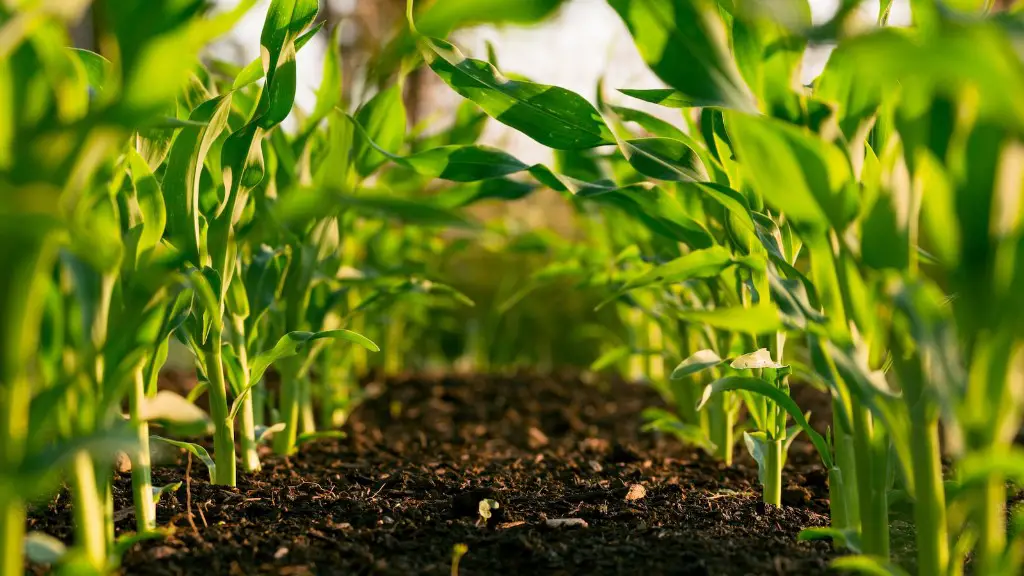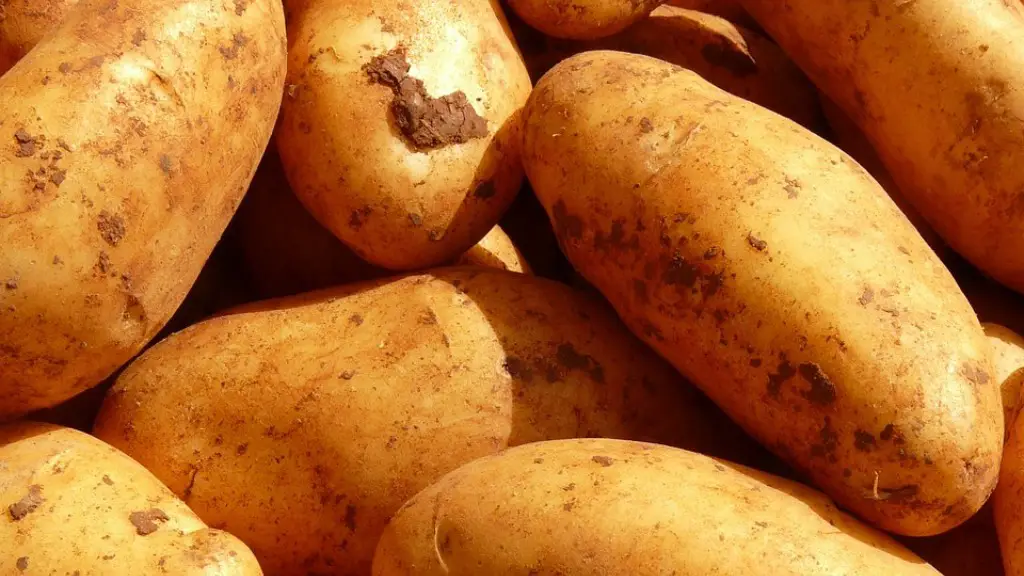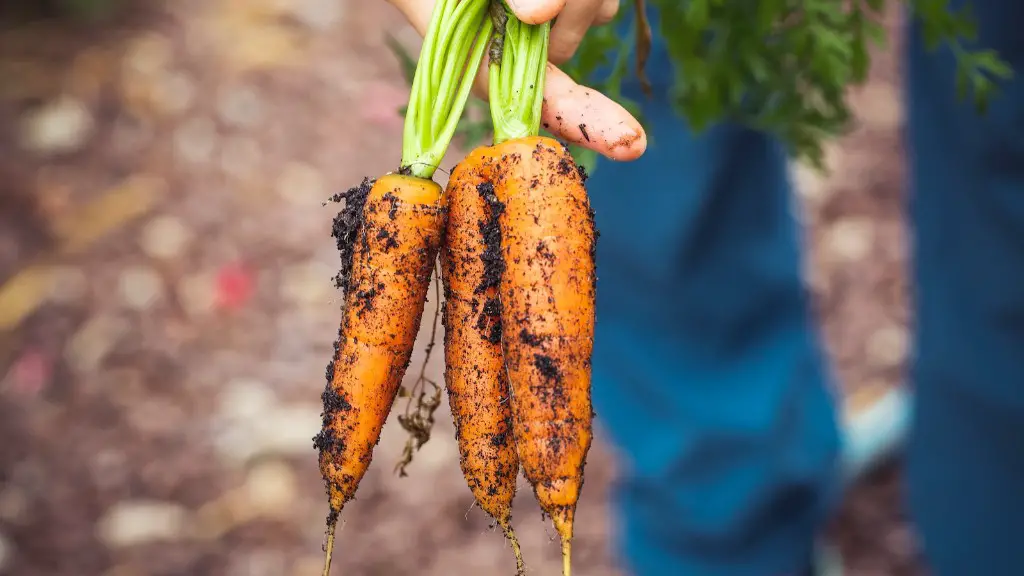GPS technology has revolutionized agriculture in recent years. It has enabled farmers to reach new levels of accuracy and efficiency when it comes to field management. GPS is used to monitor and map an entire field, streamlining workflows and making data collection easier. GPS-enabled devices are used to precisely measure fields, determine areas of low and high growth, and diagnose problems before they become serious enough to cause costly crop loss. Additionally, GPS enables farmers to accurately identify areas of high agricultural production and assess the amount of resources needed to obtain maximum yields.
GPS-enabled tractors are used to map and measure the characteristics of each agricultural field. This data can then be used to direct the tractor in the most effective way, reducing operating costs and increasing the efficiency of the agricultural process. GPS-enabled ploughs and harvesters are also used to map out fields and identify areas in need of attention. This data can then be fed back into the farming management system and used to optimize activities.
GPS data can also be used to monitor the health of crops and track changes in field trends. Farmers can use the data to assess the condition of their fields, check irrigation systems, measure soil types, and assess nutrient levels. This helps farmers to identify and address any issues that could lead to crop failure. Additionally, GPS-enabled weather stations can be used to collect accurate data on weather patterns, providing farmers with vital information to help them make decisions about irrigation, planting, and harvesting.
GPS technology is also used to improve the efficiency of food delivery and reduce waste. GPS-enabled trucks and forklifts are used to effectively manage the logistical process of delivering food from the farm to the store. GPS devices are also increasingly becoming part of the farming process in areas such as milk production, where sensors attached to cows’ udders can send data to a farmer’s mobile phone to better manage the animal’s production.
GPS also has the potential to help farmers become more sustainable. Accurate monitoring of crops, animals, and fields assists farmers in better managing their environment; enabling them to reduce their impact on the land and adhere to government regulations. GPS data can also be used to increase yields, improve crop and livestock quality, boost revenue, and reduce costs.
The Challenges of using GPS in Farming
Although GPS technology can bring a host of benefits for farmers, there are still some challenges that need to be addressed. GPS data can be expensive, bulky, and slow to process, which can be an issue when dealing with large data sets. Additionally, GPS-enabled devices require a steady source of electricity, making them difficult to use in remote locations. Finally, GPS accuracy can be affected by a variety of factors, including signal interference, changing terrain, and lack of access to the right frequencies.
How Can GPS be Improved?
In order to make GPS technology more efficient and cost-effective for farmers, a range of improvements are needed. For example, smaller, more affordable GPS receivers and sensors are needed to be developed; as well as improved methods for collecting and processing data. Further innovation is also needed to enable GPS to be used in areas with limited access to electricity or weak signal reception. With these advancements, GPS can revolutionize farming as it did in other sectors, such as navigation.
Using GPS for Precision Farming
The use of GPS is not limited to just mapping and monitoring. It can also be used in precision farming, where it is used to guide agricultural operations based on soil type, crop conditions, weather patterns, and nutrient levels. Precision farming can help reduce costs, increase efficiency, and improve yields. GPS-enabled sensors can be used to collect and analyze data on the health of crops and soil, enabling more accurate and effective application of treatments and interventions.
GPS and Farming Automation
GPS technology has also been used in the development of intelligent farm robots, which can operate autonomously in agricultural tasks such as planting, weeding, and harvesting. These robots are enabled by GPS navigation and can detect potential threats or issues, such as weeds and pests. This approach to farming is rapidly increasing in popularity due to its cost efficiency and ability to save a substantial amount of time.
The Future of GPS in Agriculture
GPS technology continues to grow and evolve, and its use in the agricultural industry is becoming increasingly sophisticated. With the development of more advanced sensors, more accurate GPS receivers, and better quality data, GPS-enabled devices can be used to manage agricultural processes more efficiently and accurately than ever before. In the future, GPS could play an even bigger role in farming, contributing to the advancement of agricultural technology.


